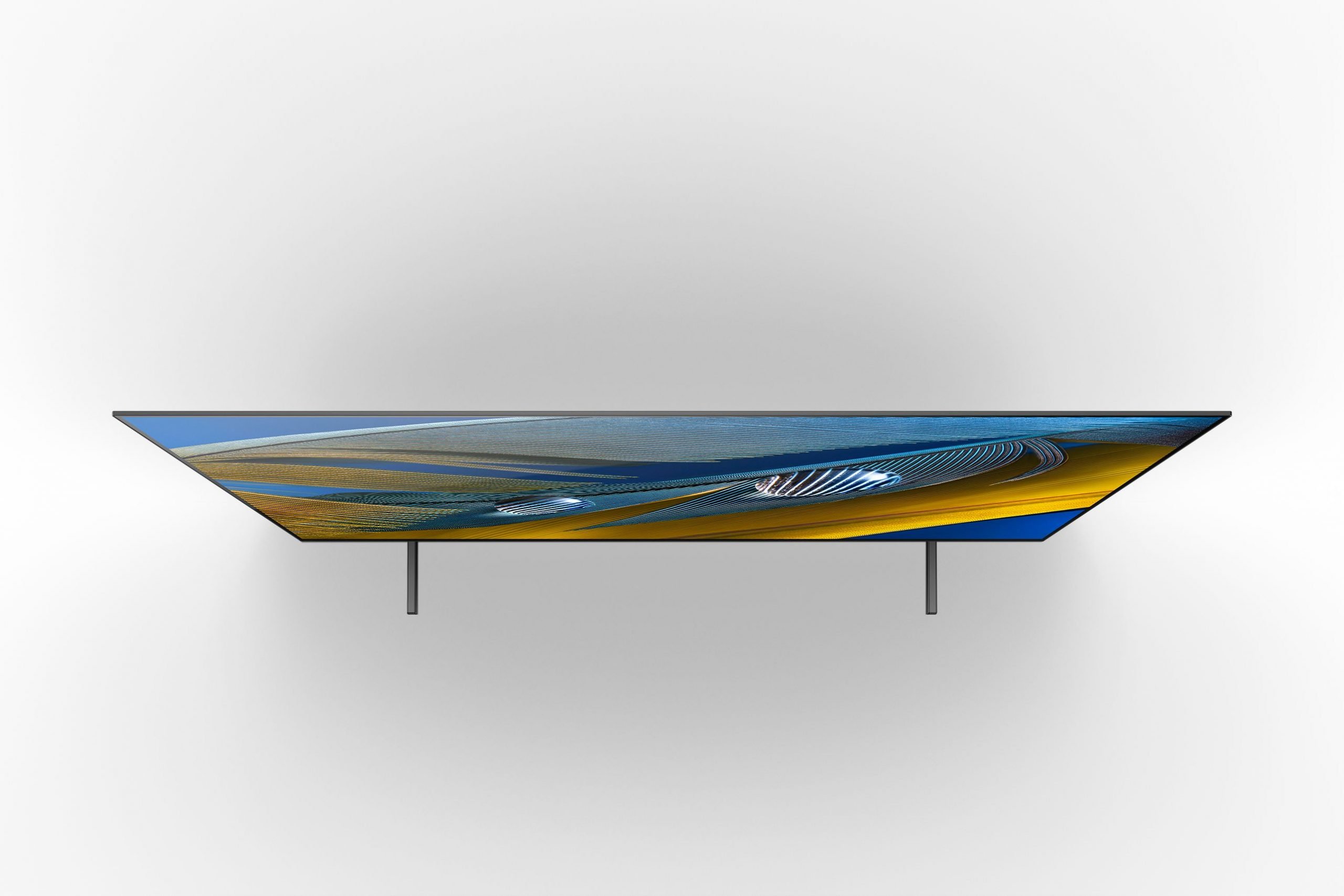Play all audios:
Consumer electronics appliance makers who some claim have been ripping off consumers for years in Australia when it comes to repairs, are set to face new legislation that will give consumers
the right to choose who repairs their devices. Following moves by the UK, USA and the EU, Australian brands are now facing a new era following a Productivity Commission investigation of the
Australian market. In their sights are appliance manufacturers, smartphone, and automotive manufacturers as well as Companies that in the past have tried to use IP laws to threaten third
party manufacturers from repairing products. In a recent report the Commission singles out Toshiba whose notebooks are now branded Dynabook for threatening a hobbyist repairer in Australia.
The commission suggested copyright law could be amended to allow independent repairers access to information and tools. The Commission claimed that Toshiba has in the past used Australian
copyright law to send cease and desist notices to a hobbyist repairer website hosting laptop service manuals for Toshiba products. Despite complaints about issues with repairability, the
commission also found mixed evidence that manufacturers were deliberately reducing the lifecycle of their devices, to force consumers to purchase the latest models. “A lot of manufacturers
will design their products to last as long as the consumer would want to keep a product,” commissioner Paul Lindwall said. “A phone is a very intensely-used product … so the battery does get
a lot more use in a phone, so I’m not entirely surprised they only last two years. “Replacing the battery in the phone is not easy at all, obviously, that’s a design issue, but … the
evidence is often that people are swapping [the product] out before the end of life for a number of reasons.” The commission claimed that anecdotal evidence suggests that manufacturers are
limiting third-party access to repair supplies (such as spare parts, repair information and tools). While manufacturers often justify these limits as a way to safeguard against risks from
poor-quality repair (such as to safety and security), these risks can be overstated. The difficulty of repair, at least in part, reflects growth in the number of products that incorporate
sophisticated technology the Commission claimed. It is now commonplace for cars, fridges, and even coffee machines to have embedded software in them. These technological advances have
provided many benefits to consumers, but can also increase the cost and complexity of repairs. The rise in tech-enabled products means that much of the information required to diagnose a
fault is digital, embedded into the product itself and held behind ‘digital locks’, requiring passwords or special tools to bypass which brands are refusing to allow third parties to get
access to. A classic example is BMW Mercedes and Audi vehicles as well as vehicles manufactured by Ford, Toyota and Kia. The Commission’s preliminary assessment indicates that limits to
repair supplies could be leading to consumer harm in some repair markets. When it came to mobile phones and tablets the Commission said that there is a high concentration of manufacturers in
these markets, suggesting competition in the market for new devices may not be strong enough to compensate consumers through lower product prices. Some consumers may also be locked-in to
using authorised repairers as they cannot easily switch to alternative brands, due to low product compatibility or the loss of content. Another observation is that the national television
and computer recycling scheme should also be expanded to not just be about recycling e-waste but also allowing for products to be repaired and reused, the commission said. The commission has
also recommended Australia better track where its e-waste ends up through the use of GPS transmitters on e-waste collected for recycling under the scheme. One recommendation is that the
Australian Government should enable designated consumer groups to lodge ‘super complaints’ on systemic issues associated with access to consumer guarantees. Complaints should be fast tracked
and responded to by the Australian Competition and Consumer Commission (ACCC) the Commission wrote. The Australian Government should design the super complaints system in consultation with
the ACCC, relevant State and Territory regulators and consumer groups. The system should be underpinned by sound operational principles — including criteria for the assignment (or removal)
of designated consumer bodies, evidentiary requirements to support a complaint, and the process and time period by which the ACCC should respond. The Commission’s investigation of the CE,
appliance and consumer electronics markets resulted in them concluding that there are barriers to repair for some products and that there is scope to reduce these barriers. The proposed
reforms would improve consumers’ right to repair, without the uncertainty and costs associated with more forceful policy interventions. They said that a ‘right to repair’ is the ability of
consumers to have their products repaired at a competitive price using a repairer of their choice. Realising this aspiration in a practical way involves a range of policies, including
consumer and competition law, intellectual property protections, product design and labelling standards, and environmental and resource management. Consumers already have considerable rights
to have their products repaired, replaced, or refunded under guarantees in Australian Consumer Law. These guarantees are comprehensive and generally work well, but they could be improved
by: The commission is set to hand its final report to the government in October and will hold roundtable discussions in the next few months on the draft recommendations.

